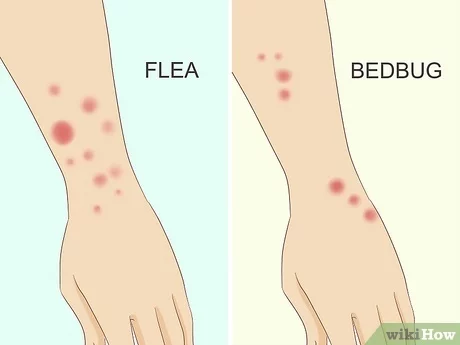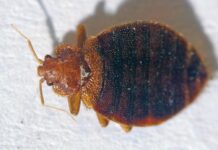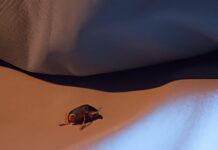
The Rise of Bed Bug Bites: How to Identify and Treat Them
The alarming increase in bed bug infestations in recent years has sparked renewed concern among homeowners and travelers alike. These tiny pests, scientifically known as Cimex lectularius, have proven to be resilient and difficult to eradicate. Not only are they a nuisance, but their bites can also cause significant discomfort and health issues. In this article, we will examine the rise of bed bug bites, explore ways to identify them, and discuss effective treatment options.
Bed bugs, once considered a problem of the past, have made a startling comeback in the last few decades. This resurgence can be attributed to a variety of factors, including increased international travel, resistance to commonly used insecticides, and a lack of public awareness. Bed bugs are adept hitchhikers. They can easily latch onto luggage, clothing, and other personal belongings, making their way into homes, hotels, dormitories, and more. It is crucial to understand how to identify these pests to prevent their spread.
One of the first signs of a bed bug infestation is the appearance of small, itchy red welts on the skin. These bites are typically painless at first but can become increasingly itchy and irritating over time. Bed bug bites are often found in clusters or a linear pattern and mostly occur on exposed areas of the body, such as the face, neck, arms, and legs. It is important to note that not everyone reacts to bed bug bites in the same way. Some individuals may have no reaction at all, while others may experience severe allergic reactions.
Apart from identifying the bites themselves, there are other indicators of a bed bug infestation. Dark spots on mattresses, linens, or walls may indicate the presence of bed bug excrement. Bloodstains on bedding or pillows can also suggest an infestation. Another common sign is the distinct musty odor released by bed bugs. If you notice any of these signs, it is essential to take immediate action to prevent the infestation from spreading further.
If you suspect a bed bug infestation in your home or hotel room, it is crucial to contact a pest control professional as soon as possible. While do-it-yourself treatments may be tempting, bed bugs are notoriously difficult to eliminate without professional assistance. Pest control professionals have the knowledge, experience, and tools required to effectively eradicate these pests from your environment.
While waiting for professional help, there are a few measures you can take to alleviate the discomfort caused by bed bug bites. First and foremost, resist the urge to scratch the affected area, as scratching can lead to secondary infections. Applying a cold compress or an over-the-counter anti-itch cream can provide temporary relief. Additionally, oral antihistamines may help reduce itching and inflammation. It is important to consult a healthcare professional for guidance on suitable treatment options based on individual circumstances.
Prevention is always better than cure, so it is essential to take proactive measures to avoid bed bug infestations. When staying in hotels, thoroughly inspect the room before settling in. Check the mattress seams, headboard, and nearby furniture for any signs of bed bugs. Keep your luggage elevated off the floor, and consider using travel-sized bed bug encasements for added protection. When returning home from a trip, carefully inspect your belongings and wash all clothing and linens on high heat to kill any potential hitchhikers.
In conclusion, the rise of bed bug bites is a growing concern for individuals worldwide. These tiny pests infest our homes, hotels, and other areas, causing discomfort and distress. Identifying bed bugs through their bites and other signs is crucial for effective prevention and treatment. Seeking professional help to eradicate an infestation is the best course of action, as DIY efforts often fall short. By taking preventive measures and being vigilant during travel, individuals can protect themselves and their living environments from these relentless pests.


















